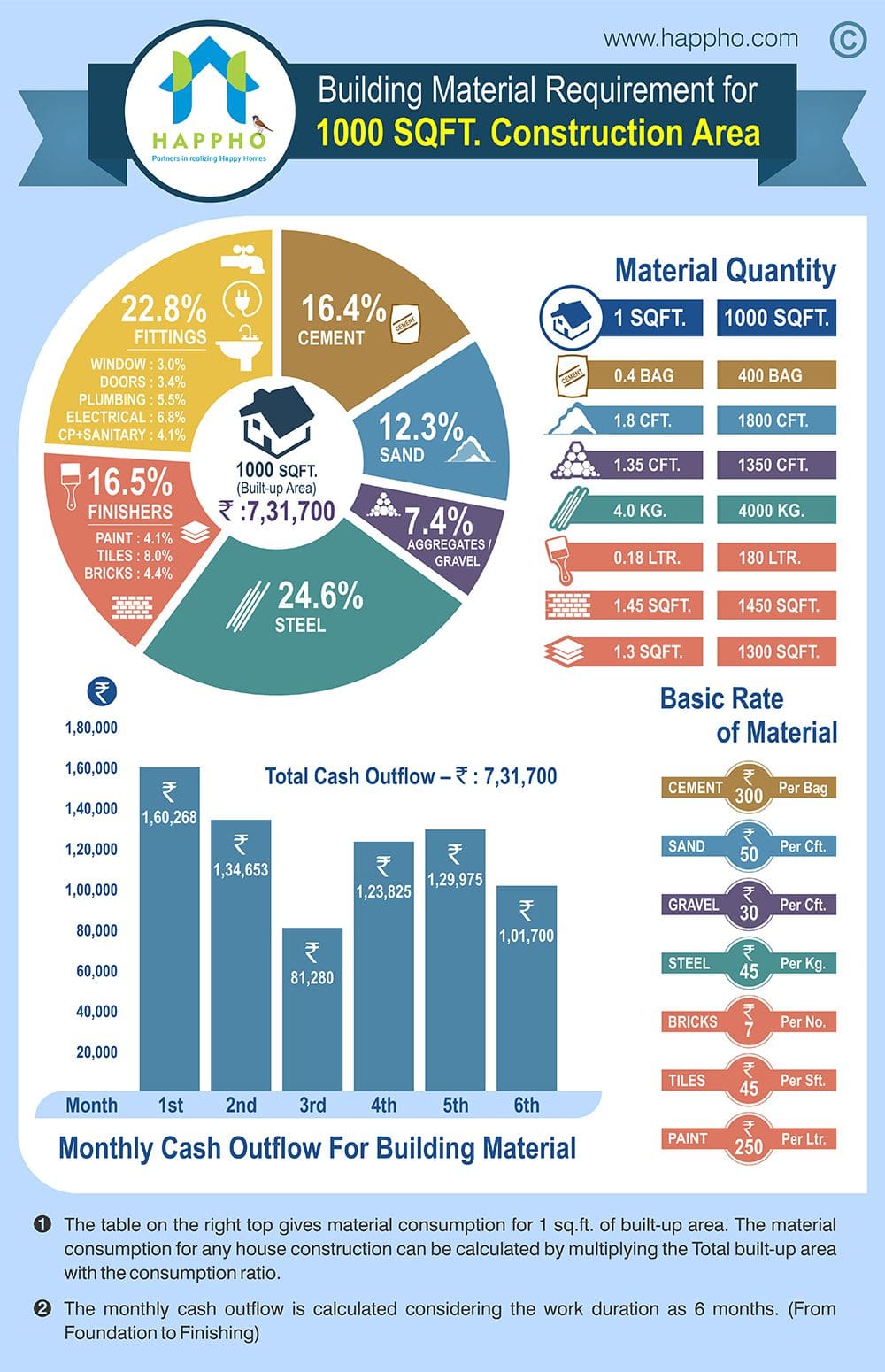Understand How Seasonal Conditions Impact The Success Of Industrial External Painting And Find Out The Perfect Durations To Guarantee Durable Results For Your Task
Understand How Seasonal Conditions Impact The Success Of Industrial External Painting And Find Out The Perfect Durations To Guarantee Durable Results For Your Task
Blog Article
Short Article Written By-Ford Urquhart
When you're intending a business outside paint task, seasonal elements can make or damage your results. You'll intend to take into consideration exactly how temperature and moisture influence paint application and drying times. Choosing the right season can ensure your paint adheres appropriately and lasts much longer. But which seasons are absolutely the best for this sort of job? Let's explore the crucial elements that can influence your project's success.
The Effect of Temperature Level on Paint Application
When you're preparing a commercial external painting task, the temperature level can considerably affect how well the paint sticks and dries out.
Preferably, you wish to paint when temperatures range between 50 ° F and 85 ° F. If apps for house painters 's as well cool, the paint might not treat appropriately, bring about issues like peeling or cracking.
On the other hand, if it's also hot, the paint can dry out also rapidly, preventing appropriate bond and causing an irregular surface.
You should also consider the time of day; morning or late afternoon supplies cooler temperatures, which can be much more favorable.
Always inspect the producer's referrals for the details paint you're using, as they often give assistance on the perfect temperature level array for optimal results.
Moisture and Its Impact on Drying Times
Temperature level isn't the only ecological variable that affects your industrial outside painting project; moisture plays a substantial duty also. High humidity levels can slow down drying times drastically, impacting the general high quality of your paint work.
When the air is saturated with dampness, the paint takes longer to cure, which can bring about problems like inadequate bond and a higher threat of mold growth. If you're repainting on an especially humid day, be planned for extensive wait times between coats.
It's important to keep an eye on regional weather conditions and plan appropriately. Preferably, aim for humidity degrees between 40% and 70% for ideal drying.
Maintaining these consider mind ensures your job remains on track and delivers a lasting surface.
Best Seasons for Commercial Exterior Painting Projects
What's the best time of year for your commercial outside painting projects?
Springtime and early autumn are usually your best options. During these seasons, temperatures are light, and humidity levels are frequently lower, producing excellent conditions for paint application and drying out.
Stay clear of summer season's intense heat, which can create paint to completely dry as well rapidly, causing inadequate adhesion and coating. In a similar way, wintertime's chilly temperature levels can hinder proper drying out and healing, risking the long life of your paint task.
Go for days with temperature levels between 50 ° F and 85 ° F for ideal results. Bear in mind to check the neighborhood weather prediction for rain, as wet conditions can spoil your task.
Planning around these variables ensures your paint job runs smoothly and lasts much longer.
Final thought
In conclusion, planning your industrial exterior painting projects around seasonal factors to consider can make a significant difference in the end result. By organizing work during the suitable temperature levels and humidity degrees, you'll ensure far better attachment and drying times. a knockout post in mind to keep an eye on neighborhood weather forecasts and pick the correct time of year-- spring and very early loss are your best choices. Taking visit this link will certainly help you attain a resilient and professional finish that lasts.
